Submitted by Pappal Suneja
An Interview Sharing Experiences of a Noted Indian Architect, Jayaraman Subramanian
India Architecture News - Dec 24, 2018 - 21:17 9013 views
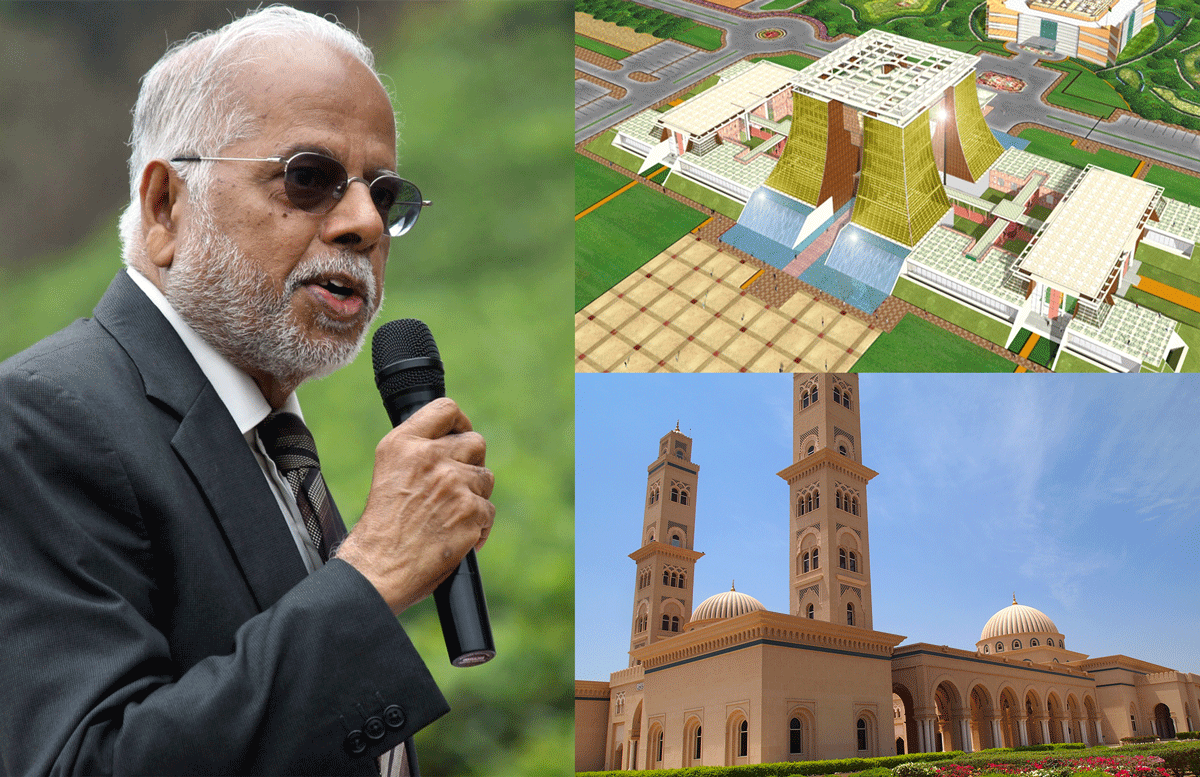
Currently, Executive Director of STUP group of companies, Technical Director, AEEC; Oman and associated as Guest Professor with many architectural colleges. Architect Jayaraman Subramanian is a noted Indian Architect who has used his expertise acquired in the Middle East to tackle many of the large and fast-track projects such as the National Games Facilities at Hyderabad, the International Airport at Hyderabad, and the Head Office Building for Indian Oil Corporation at Delhi. He had the opportunity for working on prestigious projects in Africa and the Presidential Complex at Ghana, West Africa has become a landmark in that region.
 The seat of Presidency – Ghana – West Africa
The seat of Presidency – Ghana – West Africa
Recently, Architect Subramanian has finalized the design for the Hospital Complex for the Ministry of Defence in Uganda and The Airport in Sindhudurg, Maharashtra which is under construction is an example of simple and streamlined elegance. Let us have an insight into his life and experiences by far.
 Hospital Complex for the Ministry of Defence in Uganda
Hospital Complex for the Ministry of Defence in Uganda
Pappal Suneja: How did you get into Architecture?
Jayaraman Subramanian: I just joined architecture, as I could not get admission into any technical course and in those days the architecture course was also not very popular and in entire South India, there was only one school attached to the then Madras University.
Pappal Suneja: How did the course go?
Jayaraman Subramanian: The course was at its formative stages and we were taught by teachers who themselves were not well exposed. These teachers were qualified from Nagpur, Mumbai etc. and could not even speak proper English.
But then, when I was in the Second year, something dramatic happened. A British lady, by name Ms. Sheela Tribe, joined our school and since she was from RIBA, she opened doors to Modern Architecture for me. Then I got to learn about works of Architect’s works like –Pier Luigi Nervi. Le Corbusier, Eero Saarinen, Mies Vander Rohe and that made a very strong impact on my growth. The turning point in my life was because of two people, one was my sister and another was Sheela Tribe. My sister was from motivation and academic point of view and Sheela tribe from an architectural point of view. They were the special people, who I used to look up to.
Pappal Suneja: You consider Building as a product, Right?
Jayaraman Subramanian: Yes, I define buildings as a product, now the product which is a highly sophisticated product, which has got to perform. It’s not like a sculpture or anything. Further, it is well known that architecture is an applied form of art and not a pure form of art.
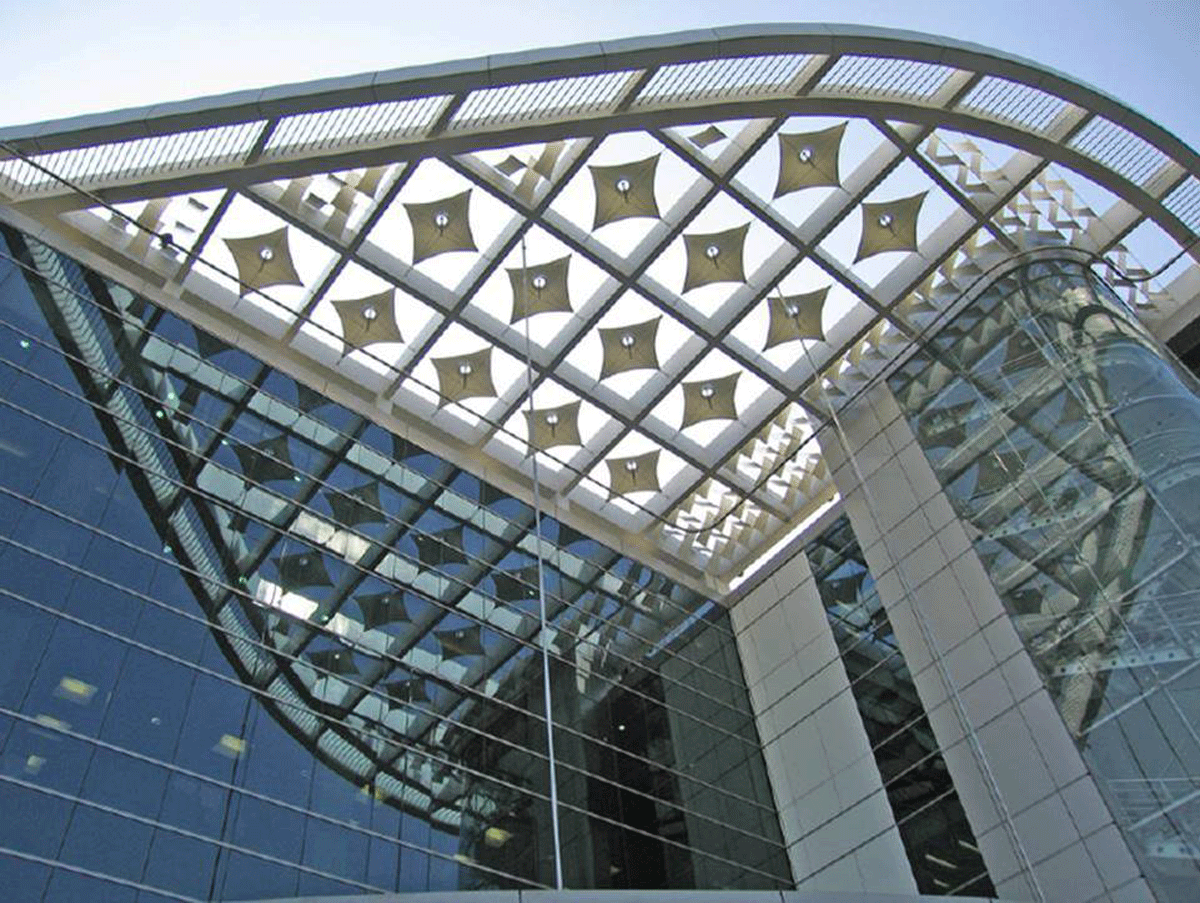 Head Office Building for Indian Oil Corporation at Delhi
Head Office Building for Indian Oil Corporation at Delhi
Pappal Suneja: Right, Please tell me something about a building’s performance.
Jayaraman Subramanian: You observe something nice, but if it cannot perform, it has no value. I compare a good building with a cycle or a car. Very often we buy a car, for its looks, but looks alone isn't enough. It has got to perform. Because the car is not a sculptural piece. So building has got to perform. Now, when does a building perform well? Only when you design it well. So, I rate Architectural designing as something equivalent to the design of an Aircraft, or any other complex machine where you have to use the right kind of materials and right kind of technology to meet its purpose, all at a reasonable cost and which could be delivered in time.
So, basically, there are four essentials - function, structure, cost-effectiveness, and aesthetics.
Pappal Suneja: Sir, How Important is aesthetics?
Jayaraman Subramanian: Yes, aesthetics is important and but time is also important.
Pappal Suneja: Okay, so timely delivery of Project has become a big deal!
Jayaraman Subramanian: Yes, these days’ clients want things to be done in a stipulated period of time. In Moscow, as it was got to host its World football match, they have been preparing for four years. And in 4 years they delivered the stadium and the associated infrastructure. For instance, in an airport project, you have to commission the project on time since there are so many parties who are committed to their own schedules.
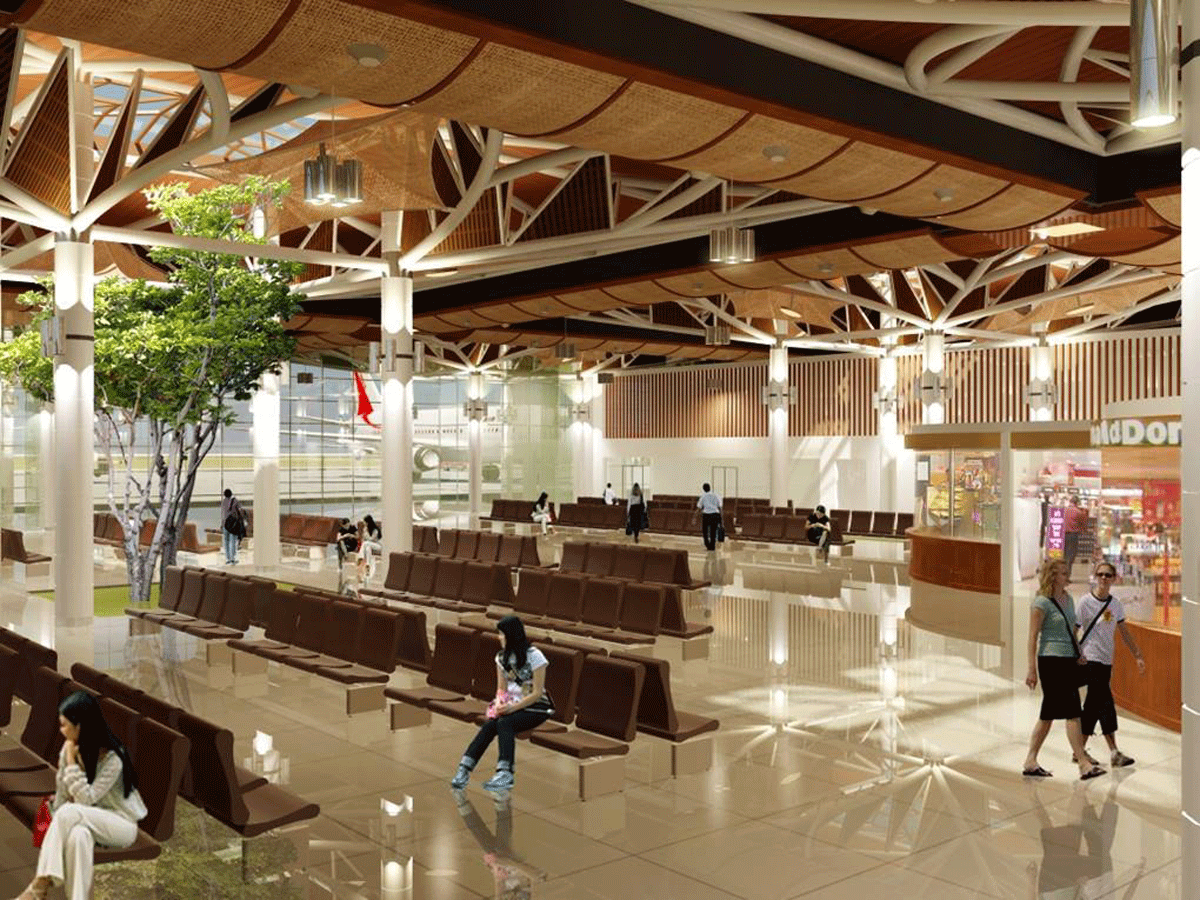 The airport in Sindhudurg, Maharashtra
The airport in Sindhudurg, Maharashtra
Pappal Suneja: What is the state of Architecture Profession today?
Jayaraman Subramanian: Current architectural practices in India, is now becoming more of a business, rather than a profession. The days are gone when they wanted to deliver good buildings and contribute to the making of good cities.
Pappal Suneja: What really inspires you keeping ahead and continue the learning’s in the profession.
Jayaraman Subramanian: Well, it is just optimism and the belief that things will improve.
Pappal Suneja: What as per you is the best project of your life till date?
Jayaraman Subramanian: The best project was undertaken by me so far, there is several, but one thing I wish to mention is the State bank of Travancore, Head office at Trivandrum. There is another project, Neurology and cardiology block at Trivandrum that I really feel like one of the best buildings.
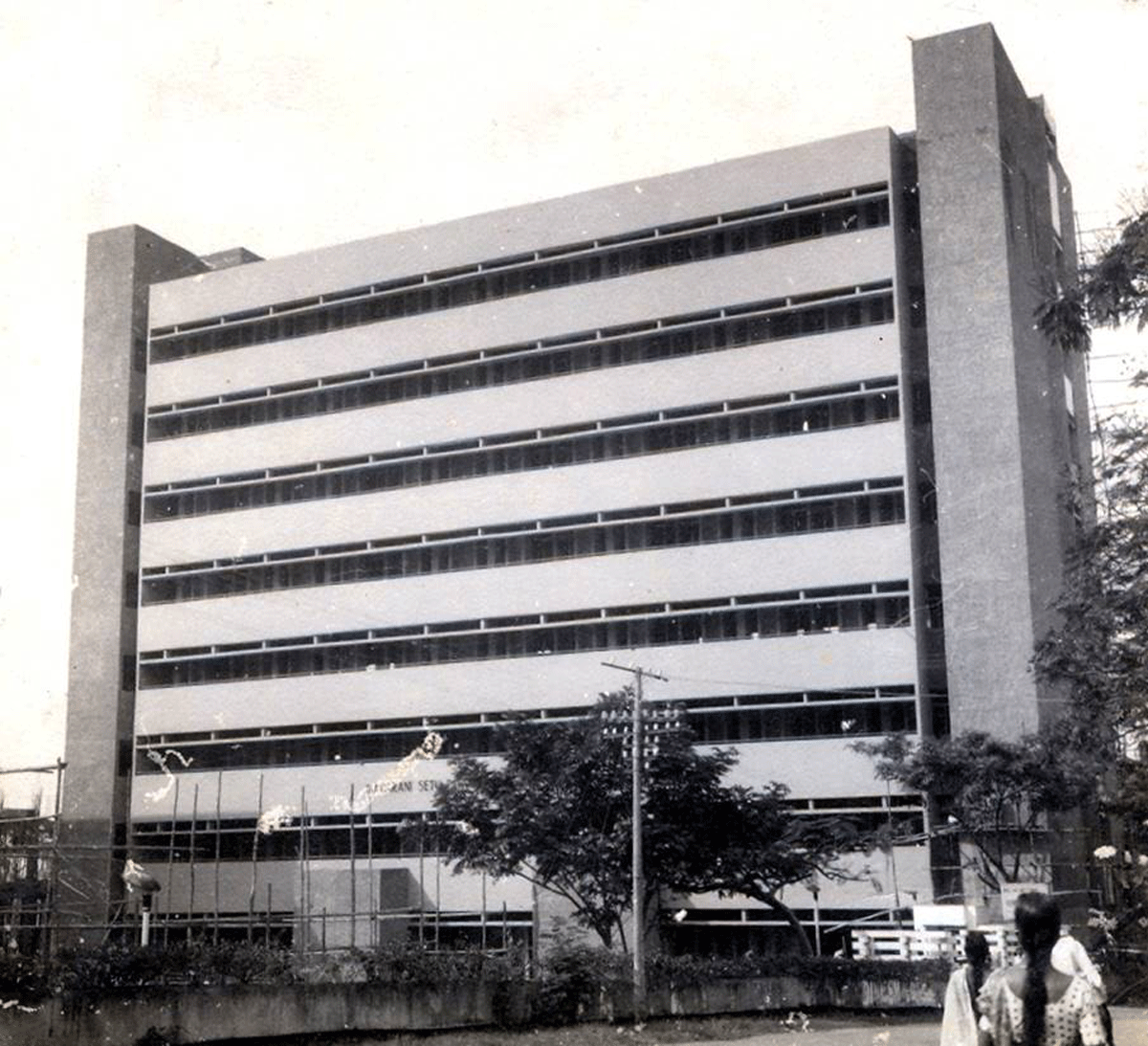 Neurology and cardiology block at Trivandrum
Neurology and cardiology block at Trivandrum
Pappal Suneja: Please share your experience with designing of Mosques?
Jayaraman Subramanian: I got into mosques while I was in the Middle East. I won an architectural completion in designing a Mosque. So when the clients invited me for the first meeting. When I set my visiting card, they saw the name, Subramanian. So, the person, (His Excellency, the Secretary-General), wanted to know, oh he must be a Hindu, I said yes I am a Hindu. Oh sorry, how can a Hindu design a mosque? In this country we don’t permit, I got very emotional and spoke about all I have studied about mosques. Prior to that, I had made a trip to Egypt. Studied about Egypt- Cairo alone has about 600-700 mosques. So I had studied most of the important mosques. I have learned so much and I am an architect who has done enough homework and why do you think I am not suitable for designing a mosque?
Then he asked me to cool down and since he was impressed with my genuine outburst. He advised me to satisfy the religious requirements recruit a team leader who is a Muslim. But that team leader could just be a figurehead and you could do the design. I did a lot of research for the mosque. I changed some and introduced several new features proving that the established practices also deserve an improvement and review, within the framework of tradition. Then, when I did that, they all were happy, and now the mosque designed by the so-called Hindu has become a prototype which they keep showing it to others.
Pappal Suneja: This was in which year sir?
Jayaraman Subramanian: That was in 1994-1995
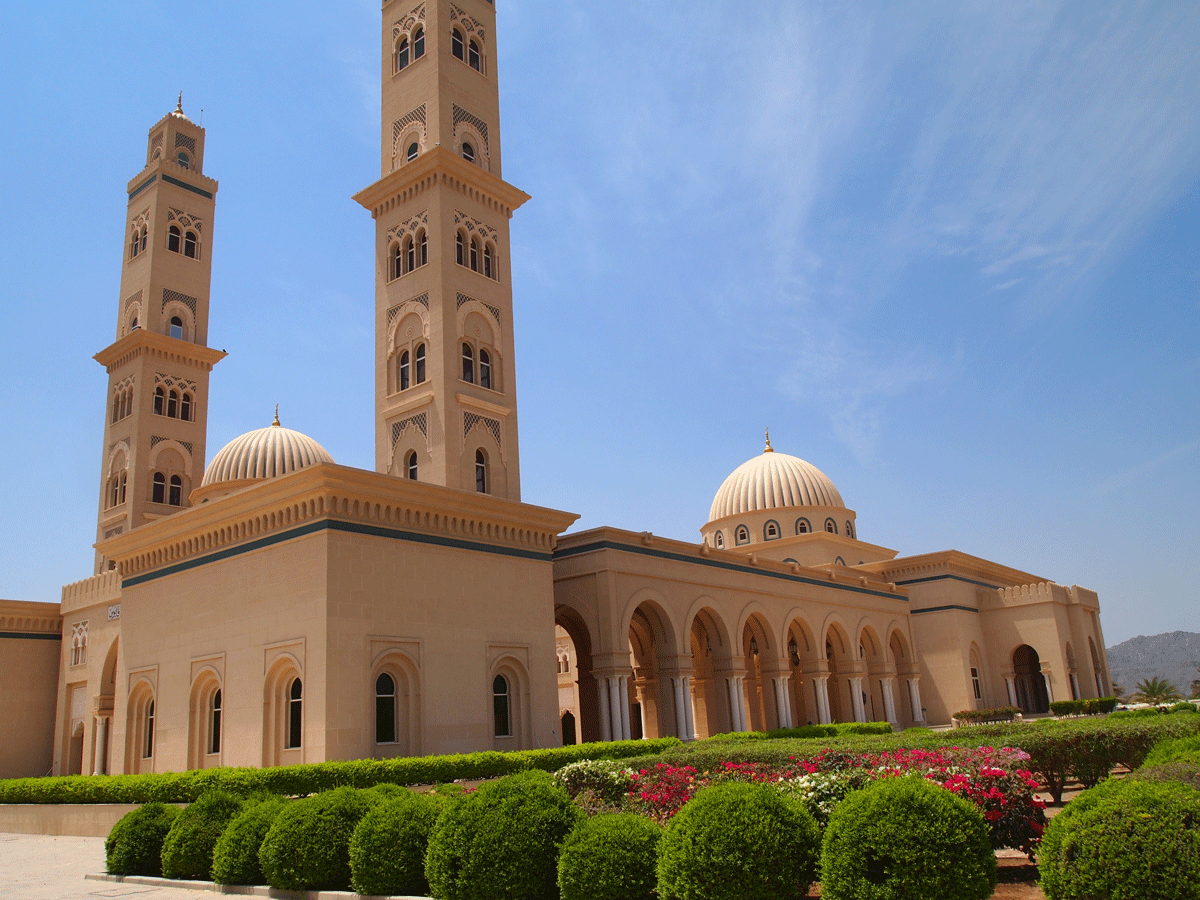 Sultan Qaboos Mosque in Bahla, Oman. Image © catbirdinoman.wordpress.com
Sultan Qaboos Mosque in Bahla, Oman. Image © catbirdinoman.wordpress.com
Pappal Suneja: How important is the responsibility towards the architectural profession for you?
Jayaraman Subramanian: A lot, because I don’t want to stand outside the profession and criticize. I would like to identify myself as part of the profession. If profession improves, well I, think I should contribute, maybe I have contributed. If profession fails then I think I am also partly responsible in my own way. So, I don’t want to be a saint, staying outside.
Pappal Suneja: Any special message to the upcoming budding architects of the nation.
Jayaraman Subramanian: I think they should realize their responsibilities of delivering a good product, to a high quality; the responsibility of using somebody else’s resources. And then architects are also responsible for making the towns beautiful. Because, after all, what is a city, it is an assembly of various buildings. And this is the summing up of this.
Pappal Suneja: Sir, I want to ask something else on this.
Jayaraman Subramanian: Yes
Pappal Suneja: My interest towards you has more of developed because, at times I feel a little guilty, that, a man of such a stature, so many years of experience, when I search online, I don’t find a trace of you. That was the major reason I wanted to feature your journey on one of the international platforms. There were many people who have self-promoted themselves.
Jayaraman Subramanian: That’s right
Pappal Suneja: For years and years, many have got themselves promoted, despite the fact that their work was not worthy of being published.
Jayaraman Subramanian: Yes
Pappal Suneja: And what I am able to understand is that I just want to know, why you were away from the limelight. That you really deserved.
Jayaraman Subramanian: Yes, two things happened in my career. One thing is, in 1989, I left India to the Middle East, mainly to augment my financial resources, and this removed me from the Indian Professional scene.
Then the other this is, that by nature, I am not a type, who is capable of promoting myself for publicity reasons. I am a very inward-looking man. I think I am, maybe because of my sister who has put in so much confidence in me, even now I feel that I am the best judge of myself. I don’t think anybody else can rate me, only my conscious can say whether I am good or not. So I don’t get overwhelmed if somebody publishes about me.
Pappal Suneja: Thanks a lot Sir; it was a pleasurable experience speaking to you.
All Images © Architect J. Subramanian, unless otherwise specified
> via personal interaction with the veteran architect
